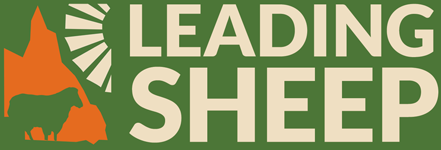Containment feeding – can you get ahead of the game?
Longreach producers Boyd and Katie Webb have utilised containment feeding to overcome nutritional deficiencies, drought and predation, even lambing in pens. The Webbs ramped up feeding activities in 2014 and Boyd said about the investment “It’s a game changer but it costs a lot of money, when you are under the pump in the drought … Read more
